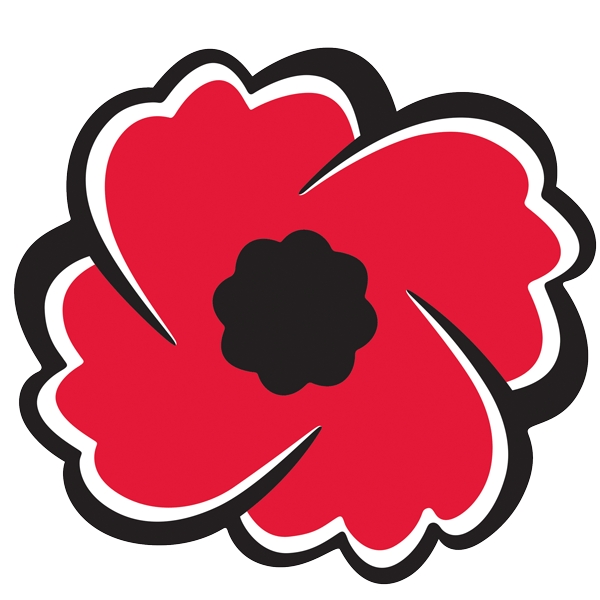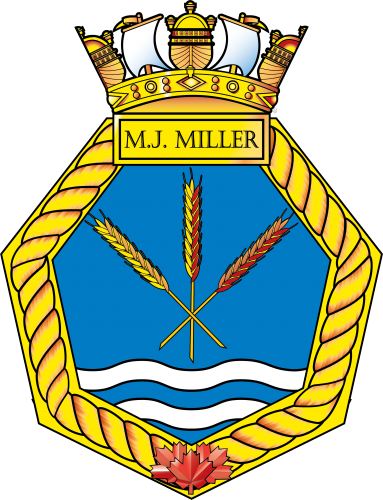Remembrance Day
Remembrance Day, observed on November 11 each year, is a solemn day of reflection and tribute in Canada, dedicated to honoring the sacrifices of Canadian military personnel who served in conflicts past and present. It commemorates the armistice that ended the First World War on November 11, 1918, at 11 a.m. – the eleventh hour of the eleventh day of the eleventh month. Since then, Remembrance Day has grown to honor all Canadian men and women who served, including those who died, suffered injuries, or returned forever changed. This day is a powerful reminder of the costs of war, the value of peace, and the need for ongoing reflection on our shared history.
Historical Origins of Remembrance Day
Remembrance Day initially commemorated the end of the First World War, a devastating conflict that had enormous impacts on Canada, costing nearly 61,000 Canadian lives. Canadians fought bravely alongside allies in pivotal battles like Vimy Ridge and Passchendaele, and the war’s end brought both relief and a solemn reminder of the enormous sacrifices made by Canadians in the name of freedom and peace.
As more conflicts followed – including the Second World War, the Korean War, peacekeeping missions, and the war in Afghanistan – Remembrance Day became an occasion to honor the sacrifices of all Canadian Forces members who served and continue to serve.
Symbols and Traditions of Remembrance Day
Key symbols and traditions associated with Remembrance Day include:
The Poppy:
Inspired by Lieutenant-Colonel John McCrae’s poem “In Flanders Fields,” the poppy has become the enduring symbol of remembrance. The Royal Canadian Legion distributes poppies across Canada in the weeks leading up to Remembrance Day to honor the fallen and raise funds for veterans and their families.The Two Minutes of Silence:
At 11 a.m. on November 11, Canadians observe a two-minute silence in honor of those who served. This silence allows Canadians to reflect on the sacrifices made for peace and freedom.Ceremonies and Wreath-Laying:
Wreath-laying ceremonies are held across the country, including the National War Memorial in Ottawa. These ceremonies involve veterans, military personnel, government officials, and members of the public coming together to pay respects.The Last Post:
A ceremonial bugle call known as “The Last Post” is often played at Remembrance Day ceremonies. This call symbolizes the end of soldiers' duties and honors those who have passed.
Why Remembrance Day is Important
Honoring Sacrifice and Service:
Remembrance Day is a tribute to the courage and dedication of Canadian soldiers who served in times of war, conflict, and peacekeeping. It is a day to reflect on the profound sacrifices made by those who died, were wounded, or experienced life-altering challenges because of their service. Canadians remember the individuals behind these sacrifices – those who left behind families, careers, and dreams to serve their country.Preserving Historical Memory:
This day plays a crucial role in preserving the history of Canada’s involvement in global conflicts. By remembering the events of the past, Canadians can better understand the hardships and challenges faced by earlier generations. Remembrance Day fosters awareness of the immense costs of war and reinforces a commitment to ensuring that future generations do not forget the lessons of the past.Promoting Peace and Reflection:
Remembrance Day serves as a powerful reminder of the importance of peace and the need to resolve conflicts without violence. The day prompts Canadians to reflect on the value of peace and the human cost of war. It’s a time to consider how diplomacy, dialogue, and international cooperation can prevent conflicts and maintain peace in today’s world.Supporting Veterans and Their Families:
Remembrance Day reminds Canadians of the ongoing responsibilities to veterans and their families. Many veterans face physical and mental health challenges due to their service, and this day highlights the need for community support, services, and resources. The funds raised through the sale of poppies, for example, go directly to supporting veterans, underscoring the practical role remembrance plays in caring for those who have served.Teaching Younger Generations:
Educating young people about Remembrance Day is a key way to ensure the memory of veterans endures. Schools across Canada teach students about the significance of Remembrance Day and the history of Canadian military service. Through ceremonies, stories, and projects, young Canadians learn to honor the sacrifices of the past and carry forward the values of courage, resilience, and respect for peace.Unity and National Identity:
Remembrance Day unites Canadians across all provinces and backgrounds, fostering a shared sense of identity, gratitude, and respect. On this day, Canadians come together in reflection, crossing generations, communities, and languages. The unity that arises from collective remembrance strengthens the national commitment to supporting peace and honoring those who defended Canada’s freedom.
The Lasting Impact of Remembrance Day
Remembrance Day not only honors those who served but also encourages Canadians to reflect on the values of freedom, courage, resilience, and peace. It reminds us of the responsibilities that come with freedom and the importance of protecting those who risked everything to defend it. This day ensures that the legacy of Canadian veterans lives on, shaping a future that respects and remembers the sacrifices that have secured peace and democracy.
Through remembrance, Canadians affirm that the sacrifices made by generations of servicemen and women were not in vain and pledge to uphold the values they fought to defend.
